 I never thought stop signs would mean so much in my life. Last week I joined the community of Old Town National City in celebrating the inauguration of a safe route to school on Coolidge Avenue. We have been working with residents, the City of National City and other stakeholders to improve the quality of life for almost 10 years; the completion of the Safe Routes to School Program along Coolidge Ave is one of many great things to come to Old Town.
I never thought stop signs would mean so much in my life. Last week I joined the community of Old Town National City in celebrating the inauguration of a safe route to school on Coolidge Avenue. We have been working with residents, the City of National City and other stakeholders to improve the quality of life for almost 10 years; the completion of the Safe Routes to School Program along Coolidge Ave is one of many great things to come to Old Town.
On Thursday, August 14th, the community convened on 16th and Coolidge Avenue and walked together to Kimball Elementary. You could 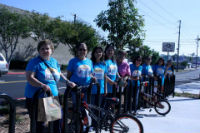 feel the joy, pride and sense of accomplishment with every step; the city had heard the community voice and listened. Residents confirmed how proud they were to have been involved in the planning process.
feel the joy, pride and sense of accomplishment with every step; the city had heard the community voice and listened. Residents confirmed how proud they were to have been involved in the planning process.
Just two years ago, EHC’s National City Community Action Team audited the Coolidge Avenue using the Pedestrian Environmental Quality Index to identify safety needs and priorities. With this feedback, the city put stop signs at intersections, expanded street corners to slow traffic, created bike lanes and installed bike racks, improved the student pick-up and drop-off area at the school and increase outdoor lighting and shading.
the student pick-up and drop-off area at the school and increase outdoor lighting and shading.
And on Thursday morning, children and parents alike rejoiced at the improvements along Coolidge Avenue. The completion of this project has brought the community together to ensure their safety walking and biking to school- and the celebratory spirit was contagious.
As we know, the community voice can have a profound impact. The left image below is of the street just one block away from Coolidge Avenue to show what Coolidge looked like before the Safe Routes to School project. On the right is what Coolidge Avenue looks like today. The safe route has crossing pathways, stop signs and defined bike lanes.
We have much more to do, but for now let us savor our victories and cherish the profound impact of the united community voice in the creation of healthy neighborhoods for all.
- Carolina Martinez
EHC policy advocate


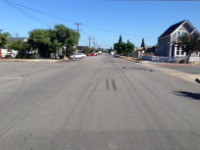
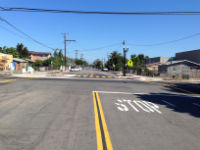

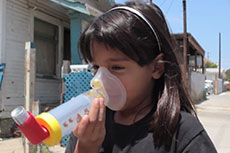
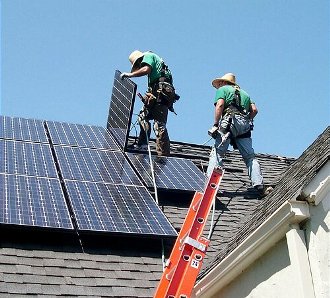
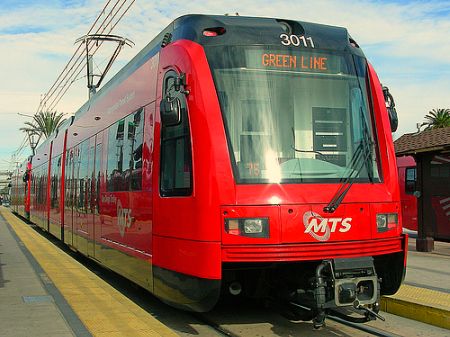 Now we need your help to finalize the plan.
Now we need your help to finalize the plan. 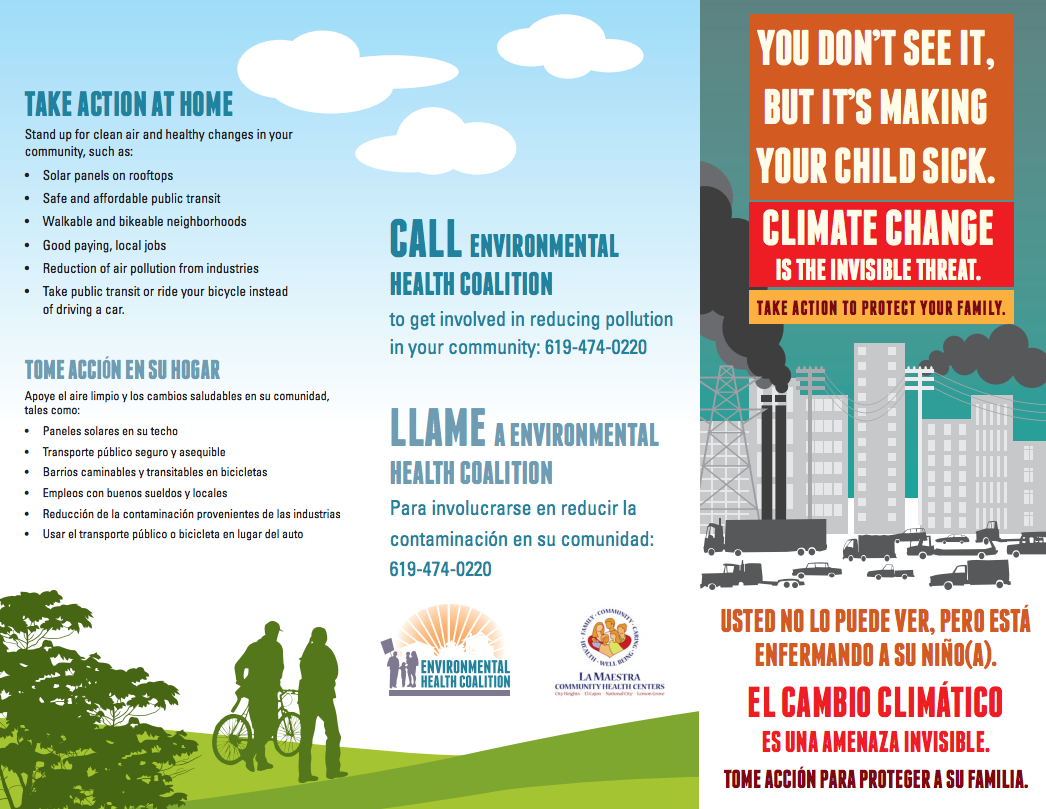
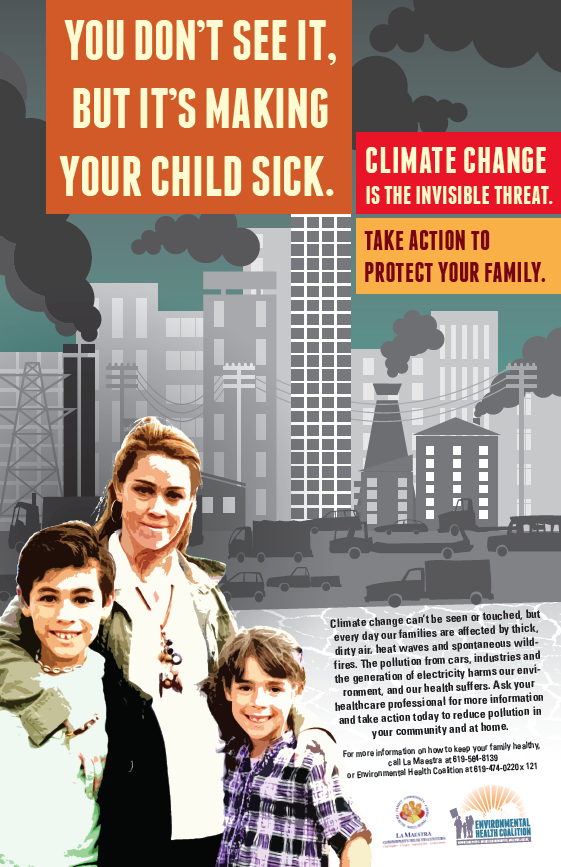
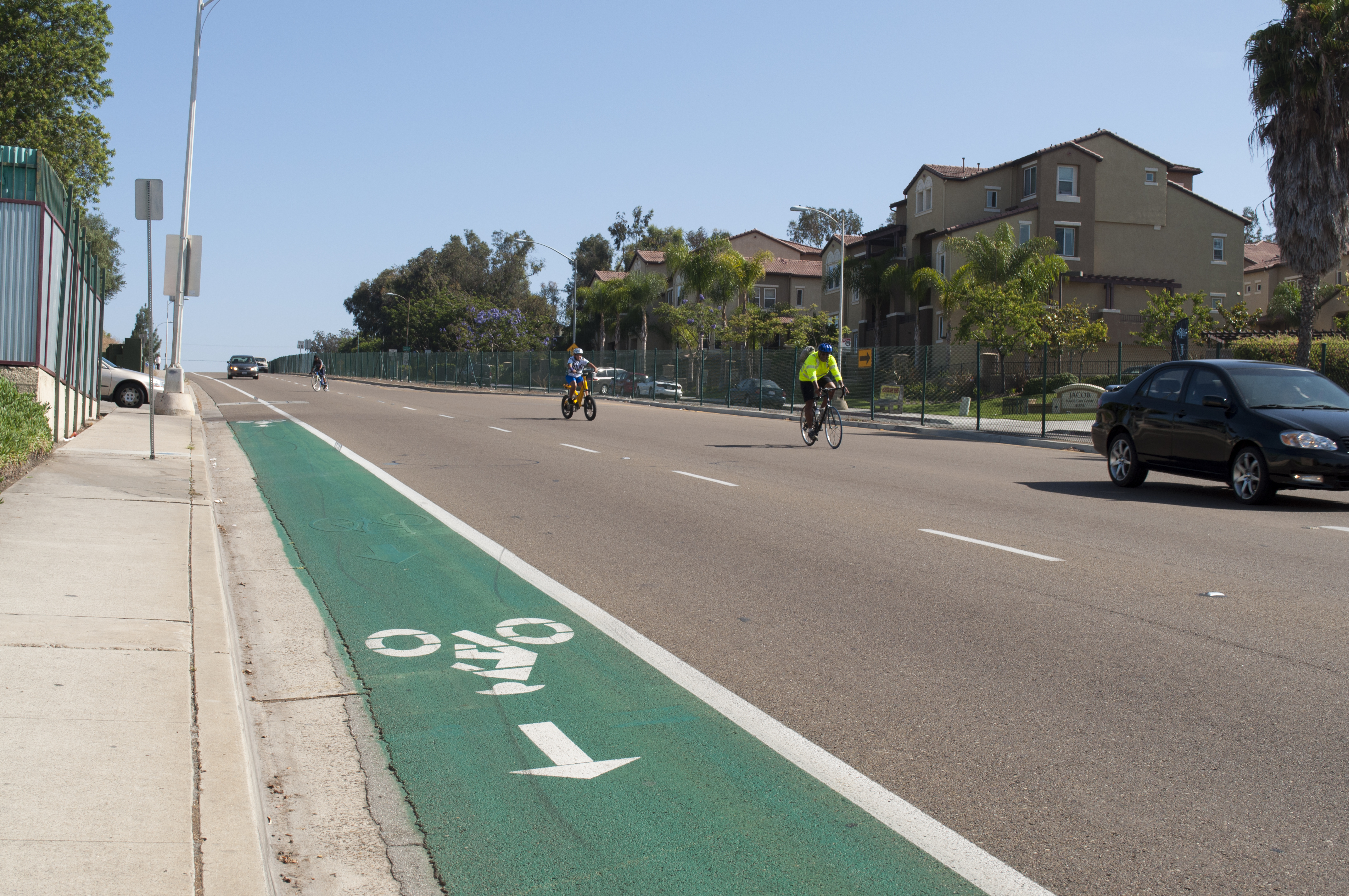 These safe, reliable and affordable transportation options are what we call transportation justice. Transportation justice means all neighborhoods have equal access to alternative transportation and no communities are overburdened with the pollution from cars on neighborhood streets or freeways. It means that the risk of being hit by a car is reduced because bike paths and sidewalks are plentiful. It means public transit is affordable, accessible and convenient and families don't have to walk an hour to the grocery store because they can't afford to take the bus. It means a person does not have to travel two hours each way on the bus to get to and from work, when the same trip a car ride would only take 20 minutes.
These safe, reliable and affordable transportation options are what we call transportation justice. Transportation justice means all neighborhoods have equal access to alternative transportation and no communities are overburdened with the pollution from cars on neighborhood streets or freeways. It means that the risk of being hit by a car is reduced because bike paths and sidewalks are plentiful. It means public transit is affordable, accessible and convenient and families don't have to walk an hour to the grocery store because they can't afford to take the bus. It means a person does not have to travel two hours each way on the bus to get to and from work, when the same trip a car ride would only take 20 minutes.